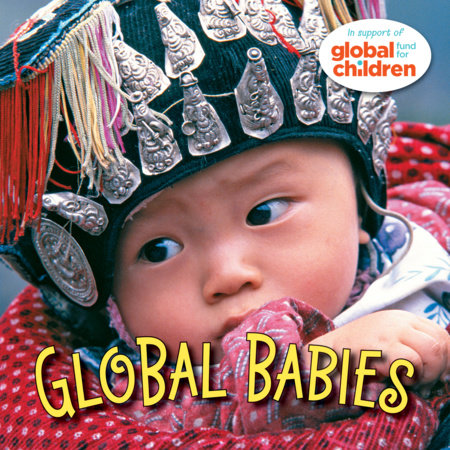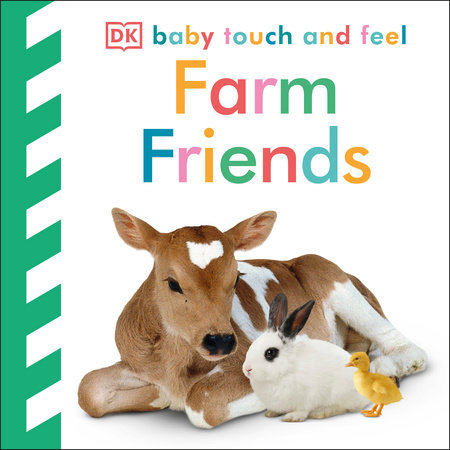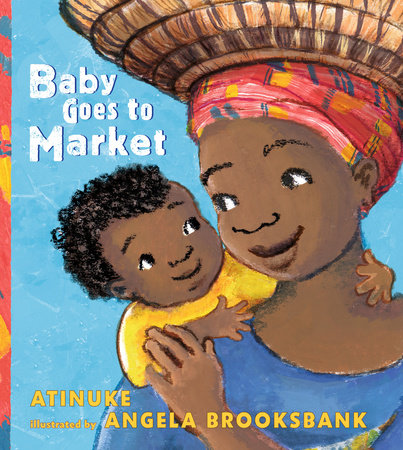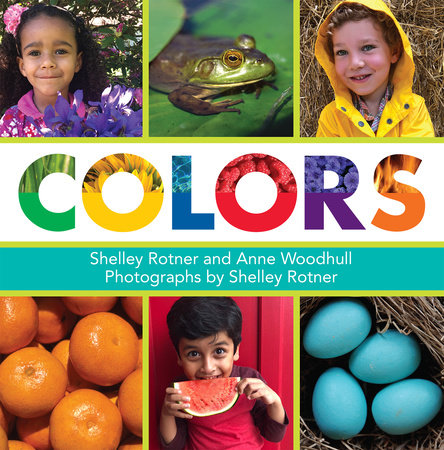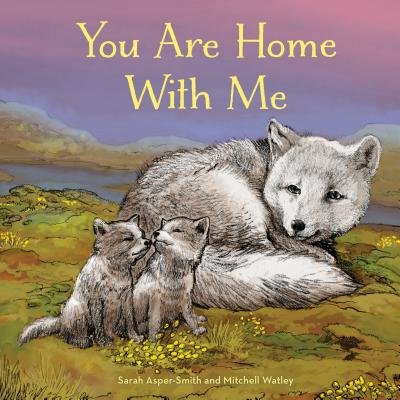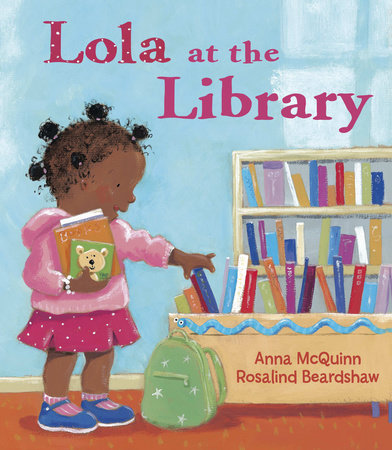How to Choose Montessori-Friendly Books for Your Child
by Ashley Yeh, M.Ed.
The term “Montessori” has become a trendy buzzword over the last couple of years, particularly in parenting communities on social media. So, it might surprise you to learn that the Montessori approach isn’t new — in fact, it has been around for over a century! It is rooted in the philosophy of Dr. Maria Montessori, one of Italy’s first female physicians at the turn of the 20th century. Although traditionally trained in medicine, her interests ultimately turned to education. She accepted the challenge of creating a full-day care program for the young children of Rome’s poorest working-class citizens and spent many hours observing them while they played. She discovered that very young children don’t need us to teach them explicitly — they are born explorers with a natural desire to learn. They absorb information directly from the environment, much like little sponges, and then use these experiences to learn and grow into unique beings.
What this means for you, as a parent, is to pay special attention to how you set up your home for your child. Aim to create a simple but beautiful and inviting place that your child will be excited to explore independently. Thoughtfully display a handful of carefully chosen activities and books that will help your child to understand the world they live in. Your primary mantra should be less is more.
When it comes to books, the Montessori belief is that young children learn best through reality rather than fantasy. Both Montessori and current research support the fact that babies, toddlers, and preschoolers have difficulty distinguishing fantasy from reality. It isn’t until 6 years old that a child’s brain can think logically and understand the abstract concepts we often find in fairy tales and make-believe. This is why young children will wholeheartedly believe in the existence of Santa, unicorns, or even monsters in their closets.
At this age, they are still trying to make sense of life and the world around them and they are fascinated by everything that happens in their everyday lives. Dr. Montessori believed that “The true basis of the imagination is reality.” So, we strive to give our youngest children books that represent an accurate picture of the real world and wait to introduce fantasy until they’re older.
Elements to look for when choosing books include:
● fictional plots that reflect real-life events
● people and animals doing natural things (i.e., no flying people or talking animals)
● photographs of people, other children, animals, plants, landscapes, and everyday objects
● beautiful, realistic illustrations
● informative non-fiction
To help stimulate a newborn baby’s eyesight and brain development, choose board books with high-contrast art, black and white patterns, and silhouettes that will captivate them. Infants enjoy looking at sturdy board books with single, bold images on plain backgrounds, preferably without too many words (or no words at all). Babies also love gazing at human faces, so books with pictures of other babies and children are always a win. As a baby grows older, they find great delight in using their hands to explore textured, “touch-and-feel” elements and lifting flaps to discover things hidden underneath. Toddlers will continue to enjoy tried-and-true favorites but will also sit down for short stories with simple plots and characters. When a child reaches preschool age, they’re ready and eager for lengthier stories with complex plots and multifaceted characters.
If you’re looking for some Montessori-friendly book inspiration for your child’s shelf, here are a few ideas to get you started:
-
Baby Animals Black and White
Buy from:Newborns will love looking at this high-contrast, black and white board book, which features simple but realistic illustrations of baby animals on each page.
Buy from: -
Global Babies
Buy from:This is a beautiful board book celebrating cultural diversity through colorful photographs of babies from all over the world. This is a classic Montessori baby favorite!
Buy from: -
Baby Touch and Feel: Farm Friends
Buy from:This series of sturdy board books by DK contains real-life photographs of many familiar animals and everyday objects, along with new and exciting textures for curious babies to explore on every page.
Buy from: -
Baby Goes to Market
Buy from:Join baby and his mama in this fictional account of their shopping trip through a Nigerian marketplace. Beautiful, realistic illustrations accompany a gently humorous plot while introducing numbers and native West African foods.
Buy from: -
Colors
Buy from:Young children will be immersed in a visual feast for the eyes as they browse page after page of gorgeous, real-life photographs showcasing all the colors of the rainbow found in the world around them.
Buy from: -
You Are Home with Me
Buy from:This picture book features stunning, realistic paintings of animals as they care for their young in their natural habitats, accompanied by a heartwarming narrative that children will love to read again and again. Each page spread also includes a tidbit of interesting information about each animal.
Buy from: -
Lola at the Library
Buy from:Children will develop an early love for books and the library as they accompany Lola on her trip to the library with her mother while reflecting on the joy of spending quality time together. Colorful, culturally appreciative illustrations depict the child’s point of view, making this simple, sweet story an easy favorite.
Buy from: -
Yucky Worms (and the rest of the Read and Wonder series)
Buy from:Curious preschoolers will love learning about these simple, misunderstood creatures who play an essential role in the health of our gardens and planet. Realistic illustrations and diagrams bring the information to life in a familiar and engaging way that young children will remember.
Buy from:
-
Books by the Author:


